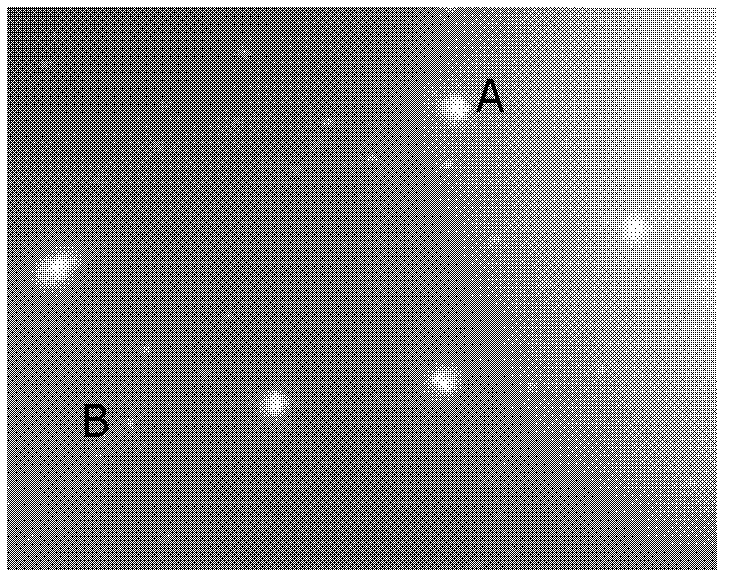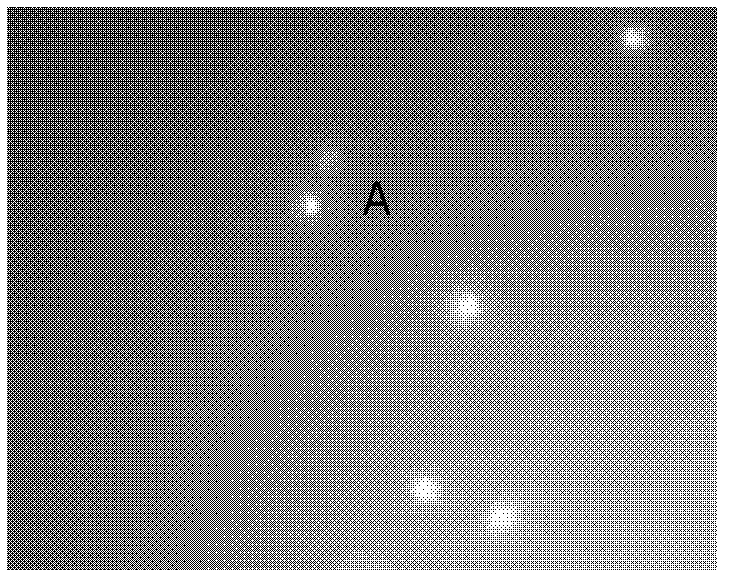Sterilizing method of spherical phaeocystis culture solution
A technology of Phaeocystis globosa and culture solution, which is applied in the field of microalgae culture solution, can solve the problem of not being able to detect whether there are bacteria in the algae solution, and achieve the effect of simple operation and high efficiency
- Summary
- Abstract
- Description
- Claims
- Application Information
AI Technical Summary
Problems solved by technology
Method used
Image
Examples
Embodiment 1
[0028] Example 1: Testing the tolerance of Phaeocystis globosa to SDS
[0029] (1) Dispense the Phaeocystis globosa algae solution grown to the logarithmic phase in a 24-well cell plate, 1.8 mL per well;
[0030] (2) Dilute SDS (10%, m / v) with f / 2 medium to a series of concentration gradients, take 200 μL and add it to 1.8 mL algae liquid, so that the final concentrations of SDS in the algae liquid are: 0.01%, 0.005% , 0.0025%, 0.001%, 0.0005% (m / v), 200 μL f / 2 medium was added in 1.8mL algae liquid as a control, and each treatment concentration was set to repeat three times;
[0031](3) Cultivate under light at 20°C for 5 days;
[0032] (4) After 5 days, each well was mixed, and 200 μL of algae liquid was taken from it in a 96-well microplate, and 200 μL of algae medium was used as a blank control, and their fluorescence values were detected with a microplate reader (excitation wavelength 440nm, emission wavelength 680nm) ;
[0033] (5) Use the following formula to calcu...
Embodiment 2
[0040] Example 2: Testing the tolerance of Phaeocystis globosa to antibiotics
[0041] (1) Select 8 kinds of antibiotics and test their influence on the growth of Phaeocystis globosa respectively. Namycin 1mg / mL, streptomycin 10mg / mL, cephalosporin 5mg / mL, ampicillin 10mg / mL, rifamycin 1mg / mL;
[0042] (2) Dispense the Phaeocystis globosa algae solution grown to the logarithmic phase in a 24-well cell plate, 1.8 mL per well;
[0043] (3) Dilute the antibiotic mother solution by 10 times and 100 times with f / 2 medium, take 200 μL of the mother solution and the dilution solution and add it to 1.8 mL of the algae liquid, so that the final concentrations of the antibiotics in the algae liquid are 10%, 1%, and 10% of the mother liquid respectively. 0.1%, 200μL f / 2 medium was added to 1.8mL algae liquid as a control, and 3 replicates were set for each treatment concentration;
[0044] (4) Cultivate under light at 20°C for 5 days;
[0045] (5) After 5 days, each well was mixed eve...
Embodiment 3
[0053] Embodiment 3: the sterilization of Phaeocystis globosa algae liquid
[0054] (1) Take 20mL of Phaeocystis globosa liquid grown to the logarithmic phase, centrifuge at 2000rpm for 5min, and remove the supernatant;
[0055] (2) Resuspend the algae cells with 20mL f / 2 medium, centrifuge at 2000rpm for 5min, remove the supernatant, repeat this step twice, and then resuspend the algae cells with 20mL f / 2 medium;
[0056] (3) Add SDS (final concentration is 0.0025%) and 8 kinds of antibiotics simultaneously (final concentration is: clindamycin 5mg / L, azithromycin 50mg / L, gentamicin 100mg / L, kanamycin 100mg / L , streptomycin 1000mg / L, cephalosporin 500mg / L, ampicillin 1000mg / L, rifamycin 1mg / L);
[0057] (4) Cultivate under light at 20°C for 5 days. During this period, take 2 mL of the treated algae solution every day, centrifuge at 2000 rpm for 5 minutes, remove the supernatant, resuspend the algal cells with 2 mL of f / 2 medium, centrifuge at 2000 rpm for 5 minutes, remove th...
PUM
 Login to View More
Login to View More Abstract
Description
Claims
Application Information
 Login to View More
Login to View More - R&D
- Intellectual Property
- Life Sciences
- Materials
- Tech Scout
- Unparalleled Data Quality
- Higher Quality Content
- 60% Fewer Hallucinations
Browse by: Latest US Patents, China's latest patents, Technical Efficacy Thesaurus, Application Domain, Technology Topic, Popular Technical Reports.
© 2025 PatSnap. All rights reserved.Legal|Privacy policy|Modern Slavery Act Transparency Statement|Sitemap|About US| Contact US: help@patsnap.com



